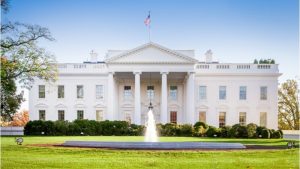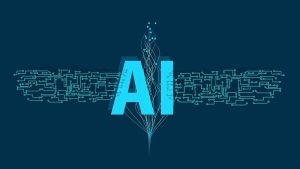New Hampshire cybersecurity and education experts told Sen. Maggie Hassan, D-N.H., this week that more resources are needed in order to protect K-12 schools from cyberattacks.
Faced with increasing cyberattacks on K-12 schools, the Biden-Harris administration today unveiled several government actions to help bolster their cyber defenses, along with numerous commitments from private-sector organizations that aim for the same result.
A new report from Stanford University found that in 2022, U.S. governments are doing a lot of talking about AI, but they’re also taking a lot of action. Last year 35 percent of all state-level AI bills were passed into law.
Sens. Mark Warner, D-Va., and Marsha Blackburn, R-Tenn., joined Reps. Doris Matsui, D-Calif., and Zach Nunn, R-Iowa, to reintroduce bipartisan legislation on April 18 that tasks the Cybersecurity and Infrastructure Security (CISA) with establishing a school cybersecurity improvement program.
North Dakota Gov. Doug Burgum has signed legislation that requires cybersecurity education for all K-12 students – making it the first state in the union to do so.
The Federal Communications Commission (FCC) awarded another $24 million in funding for the Emergency Connectivity Program (ECP), which provides digital services to students nationwide.
The Cybersecurity and Infrastructure Security Agency (CISA) has released a new report and toolkit for K-12 institutions to help them better protect against cybersecurity threats.
Des Moines Public Schools (DMPS) was forced to close and halt instruction for two days this week after it suffered from a cyberattack, according to the Iowa school district.
In 2022, state and Federal policymakers significantly accelerated their efforts to help K-12 institutions across the U.S. shore up their cybersecurity defenses, a new report by the Consortium for School Networking (CoSN) says.
New research has found that 96 percent of apps used in K-12 schools send student data to third parties, including advertisers.











